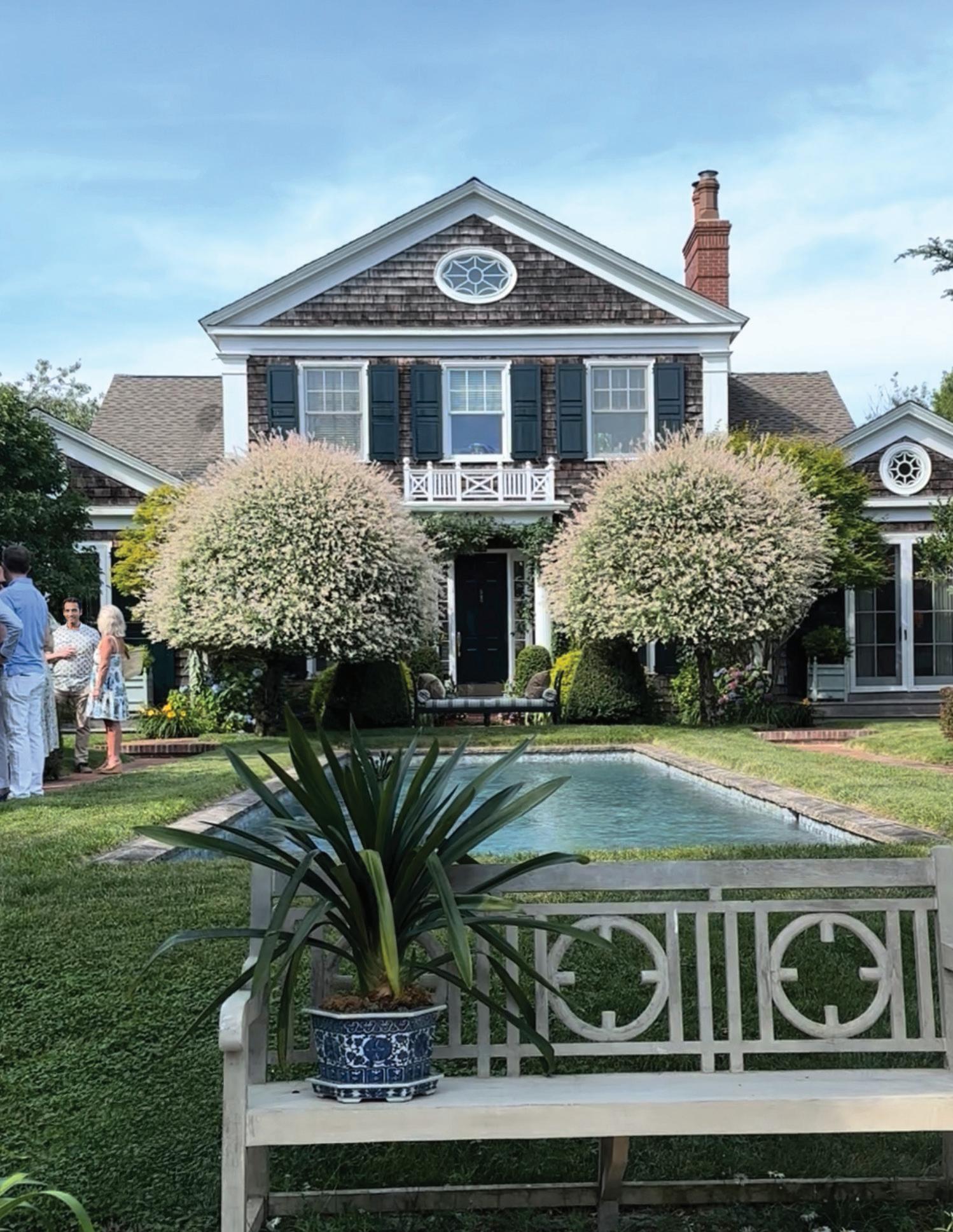

Style Notes
with Interior Designer Marshall Watson
Ihad the privilege to catch up with Marshall Watson recently, diving into his design process and his thoughts behind his latest book. It was a conversation that reminded me why the best things in life are often the simple elegant pleasures, gardens, home, and good friends.
Marshall’s design sensibility is the kind of refined elegance you expect from someone with impeccable taste, but never stiff or forced, with just enough surprise to keep it interesting. His home reflects this philosophy, and walking through it feels like a breath of fresh air. But his genius extends beyond the walls of the house.
He is just as adept in the garden as he is with interiors. The landscape is an art form of its own, strong geometric lines meet the wild, untamed beauty of glorious blooms, as if nature decided to take a more sophisticated spin on its usual spontaneity. The result – a beautiful dance of control and freedom, all wrapped in romance.
Interview by Caleb Kane, H&G Design Correspondent
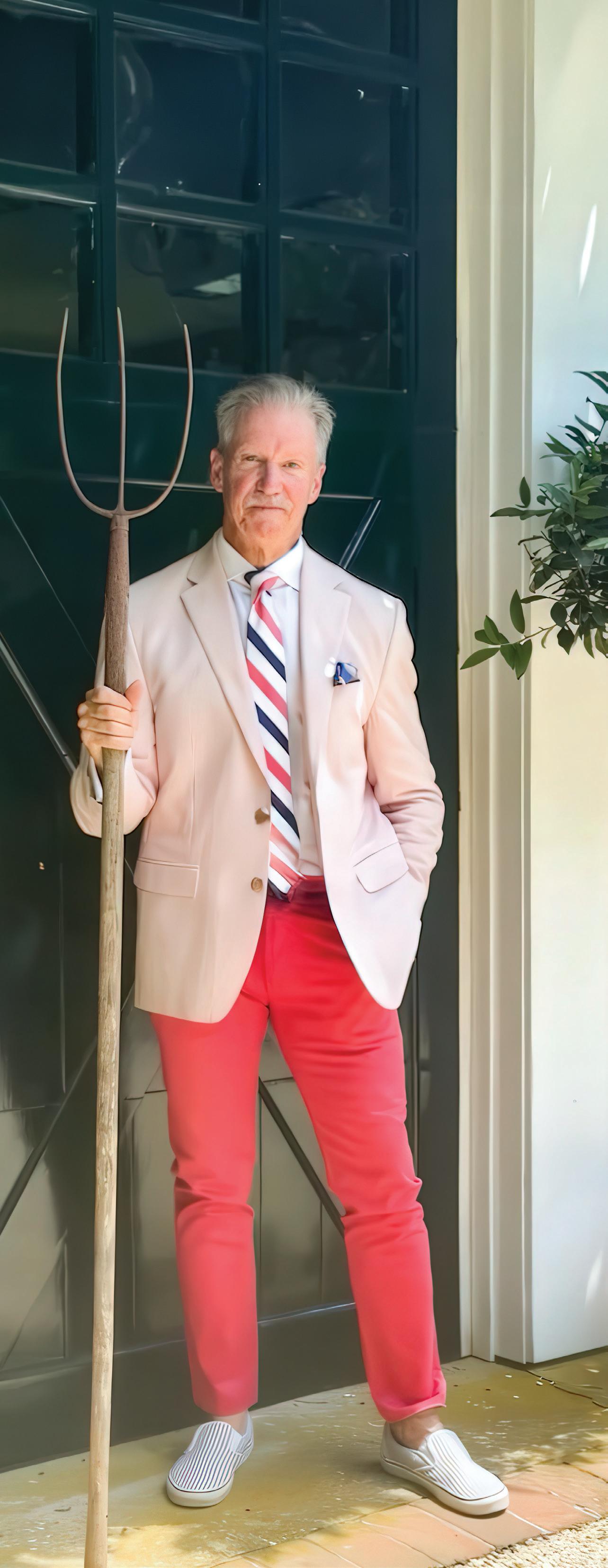
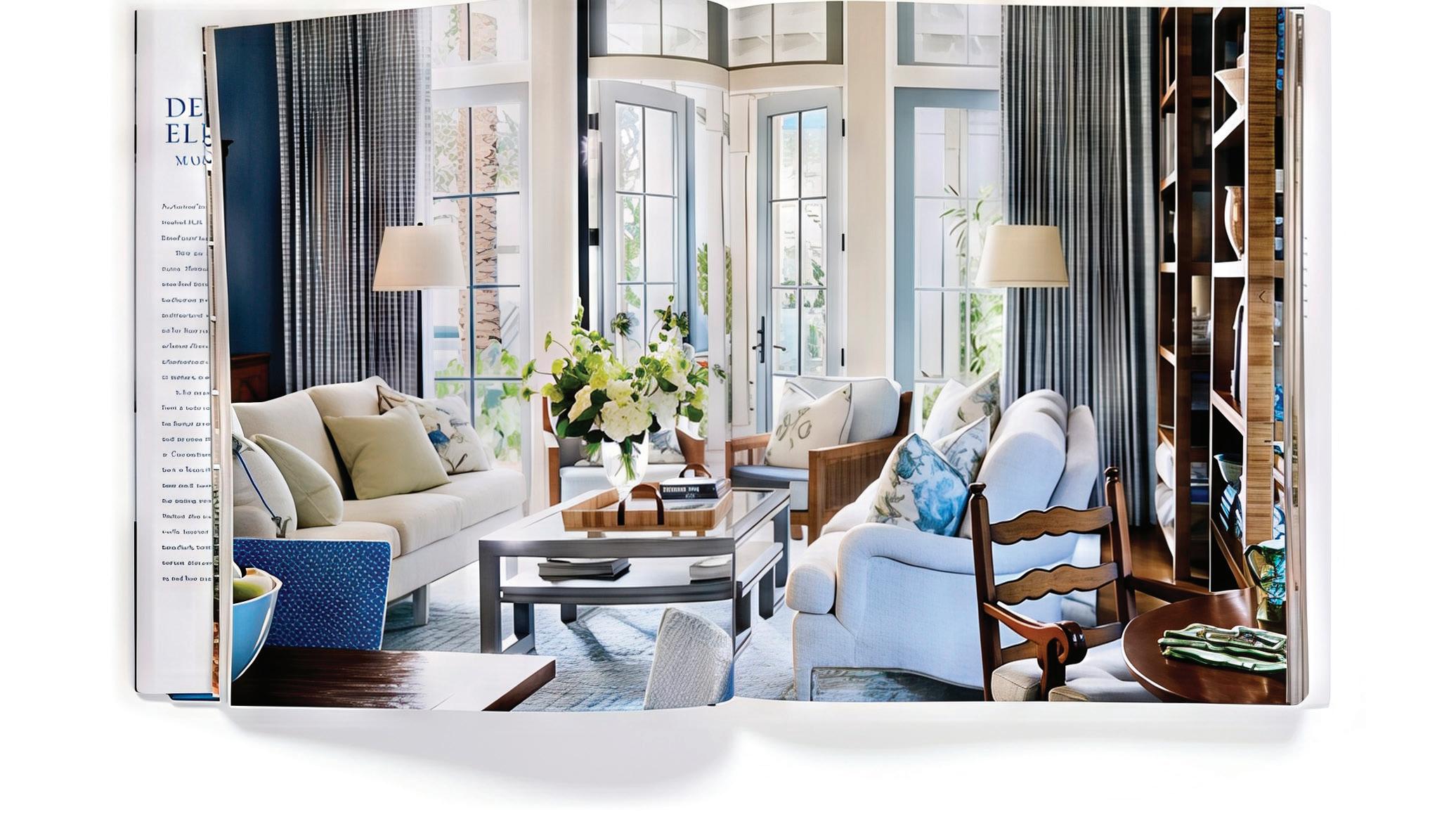
We’re excited to hear about your new book, Defining Elegance.
I’ve spent seven years writing the book, and I think that it was very important to me to in the book be able to not only show the work that we’ve been doing for the last seven years, but also to help people learn about design, interior design, from the perspective of I’ve always believed in a more civilized life, a life of calm and peace and harmony, and all those wonderful things that you’re hoping for in home. And of course, I always believe in home, and that it’s not just a real estate venture, it is a home. And I try to help my clients and the people that I work with understand that.
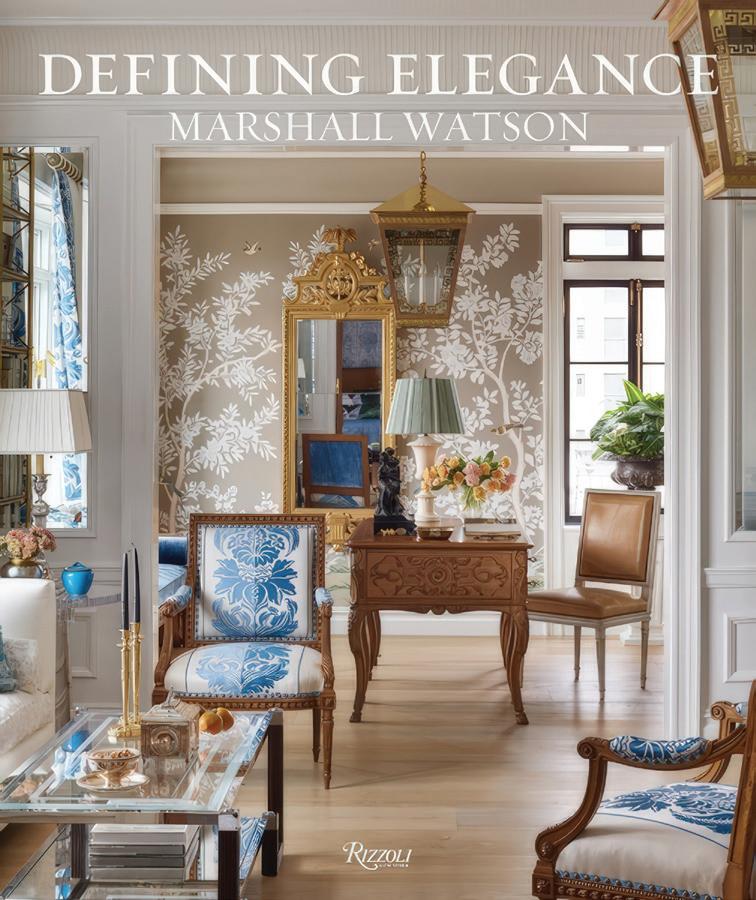
I believe that the book will teach us about a kinder, gentler world, a world that is not stuffy, is not overly formal, but is very civilized.
How would you define elegance?
I define it by a series of attributes. Peace, light, I enjoy light in environments, so I wanted them to have almost an effervescent light quality to them.
Proportion is very important to me. And the fact is that proportion is everything. Harmony and I obviously love symmetry. At the same time, I want it to be surprising. I want it to have a sense of humor. I believe in texture, color, all of the design tools that we have in our designers’ toolbox, I use.

And you carry a lot of these themes over in your own garden. Would you say that those are very interconnected?
I would say they’re extremely interconnected. Because in the garden, I’m influenced by so many different sources. In interior design, I am as well, but the interior design is more my own profession. The garden is where I experiment. It’s where I’m not as confident.
I look to the symmetry of Le Nôtre. I look to the blousy looks of the English borders. I like Italian statuary; I like what it brings to a garden. I like the colonial gardens and many of the gates and the fencing that I use.
And because I’m on the board of the Garden Conservancy and I’m very involved with the Open Days program, I have seen so many different private gardens around the country that have really inspired me and have brought to my own garden so many elements like the brick walls, the Adirondack path that you saw earlier made out of stumps. And there are so many influences that I’ve seen throughout the country because of the Open Days program.
In what ways do you feel that your garden has inspired you as an interior designer?
Well, I have also created rooms in the garden just like an interior designer would create. I kind of can’t get away from that. I want to hem things in and create different spaces and different experiences, like I do as an interior designer as well.
You’ve created this wonderful sense of these individual spaces, with really interesting spaces that feel very expansive.
Well, thank you very much. And you’re correct, because there are five different gardens here that I look at. I have the entry court that I think of as literally the entry foyer of my garden, in which I entertain people. It’s a gravel area surrounded by shade trees and ornamentals.
Then I have the French potager. I have another garden which you can view from the Belvedere. You view the entire garden from there. I have the walled garden, which the deer can’t get in because deer are a major problem here, but I can experiment in that garden with all sorts of different planting materials like exotics and all sorts of things. And then I have the garden that is specifically for the deer that I’ve experimented with for years, as we were talking about earlier, with gray plants, plants that are scented.
And then I have the natural garden, which is for the butterflies and for the dragonflies, fireflies and all of the different flora and fauna in that part of the garden.
Is there a space that you feel most attached to or that inspires you the most?
Probably in the home, I would say this room that we’re in right now, because I designed it in reference to the golden rectangle or the golden mean. I experimented with the concept of what does a room feel like that adhered to all the geometric principles of the Greek Golden Mean. And I feel that when I created it, the room actually worked.

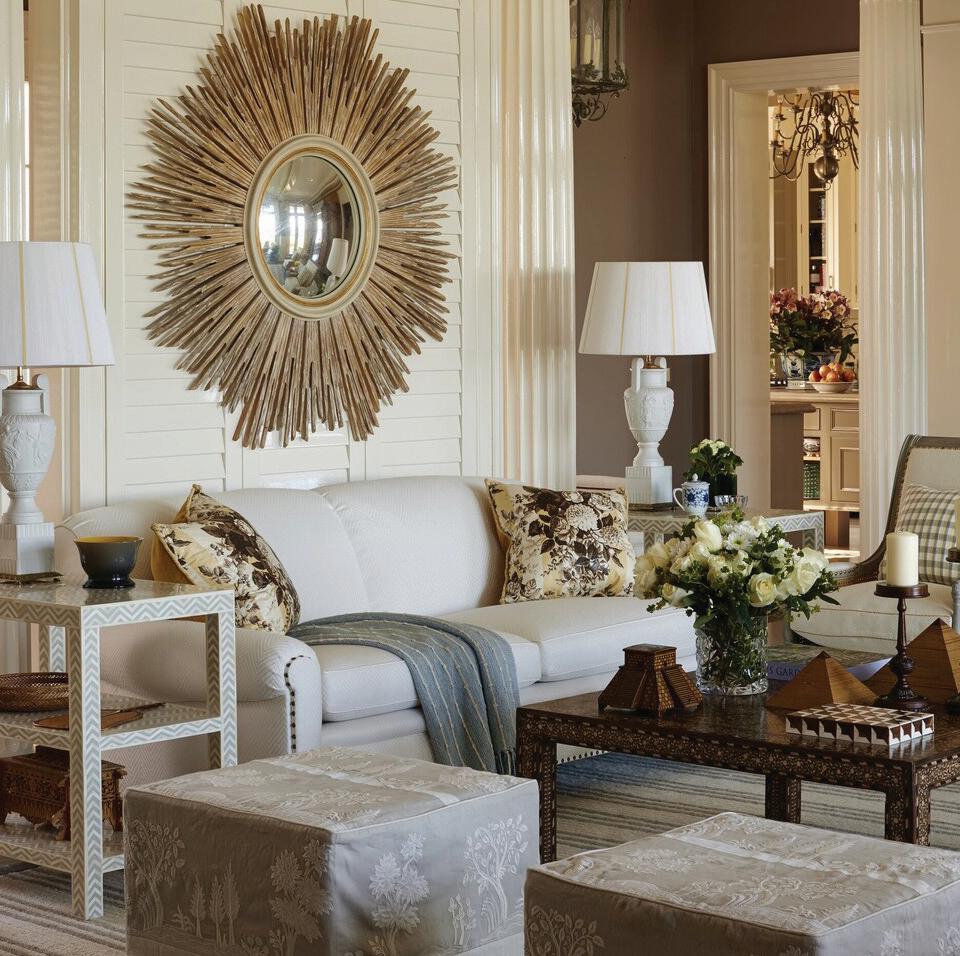

This is a very comfortable space and very inviting to be in.
And it feels natural and human in terms of the height of the ceiling, the width, the length. It all seems to come together. That was a teaching moment for me.
Absolutely, and it opens very beautifully to the rest of the garden.
And I designed it so that you could enter from the front door, but actually I learned a lot from Feng Shui, where you don’t see the view immediately. You don’t want your chi to flood out the windows to the view. So, you come in, you stop, you see the entryway and it’s more of a formal entryway with a console and the mirror, and then you come around that, and then it appears in front of you – this magnificent view.
That’s a lovely view. I’m glad that we got to enjoy the swans a little bit today.
I know! It’s like, cue central casting. Suddenly, the swans and the geese appear. You have a good spirit about you. You brought it all.
You’ve created this wonderful sense of formality, but there is a lot of wild that does come in, a little piece of Eden. It feels abundant.
I think that also the property is the definition of elegance. There’s comfort, there’s ease. Once again, I said there’s proportion in the property, there’s a story behind everything, there’s romance. I mean how can you have both a home and a garden without a sense of romance? I love symmetry, and it holds things together. I love form, but also, of course, ultimately harmony.

If there’s one thing from the book that you wanted to share with people, what would it be?
I believe that the book will teach us about a kinder, gentler world, a world that is not stuffy, is not overly formal, but is very civilized. And it is about hospitality, it is about welcoming people in, and it’s about living. You can live with beauty and not be intimidated by it. And I think it teaches that.
I also think that my book teaches people about the ability to take the careers that you’ve had beforehand (I’ve had several careers. I’ve been a theater designer and an actor as well as an interior designer) and how you can apply all of the principles that you learned in your previous lives, which wrap up into a wonderful package of your current profession. n
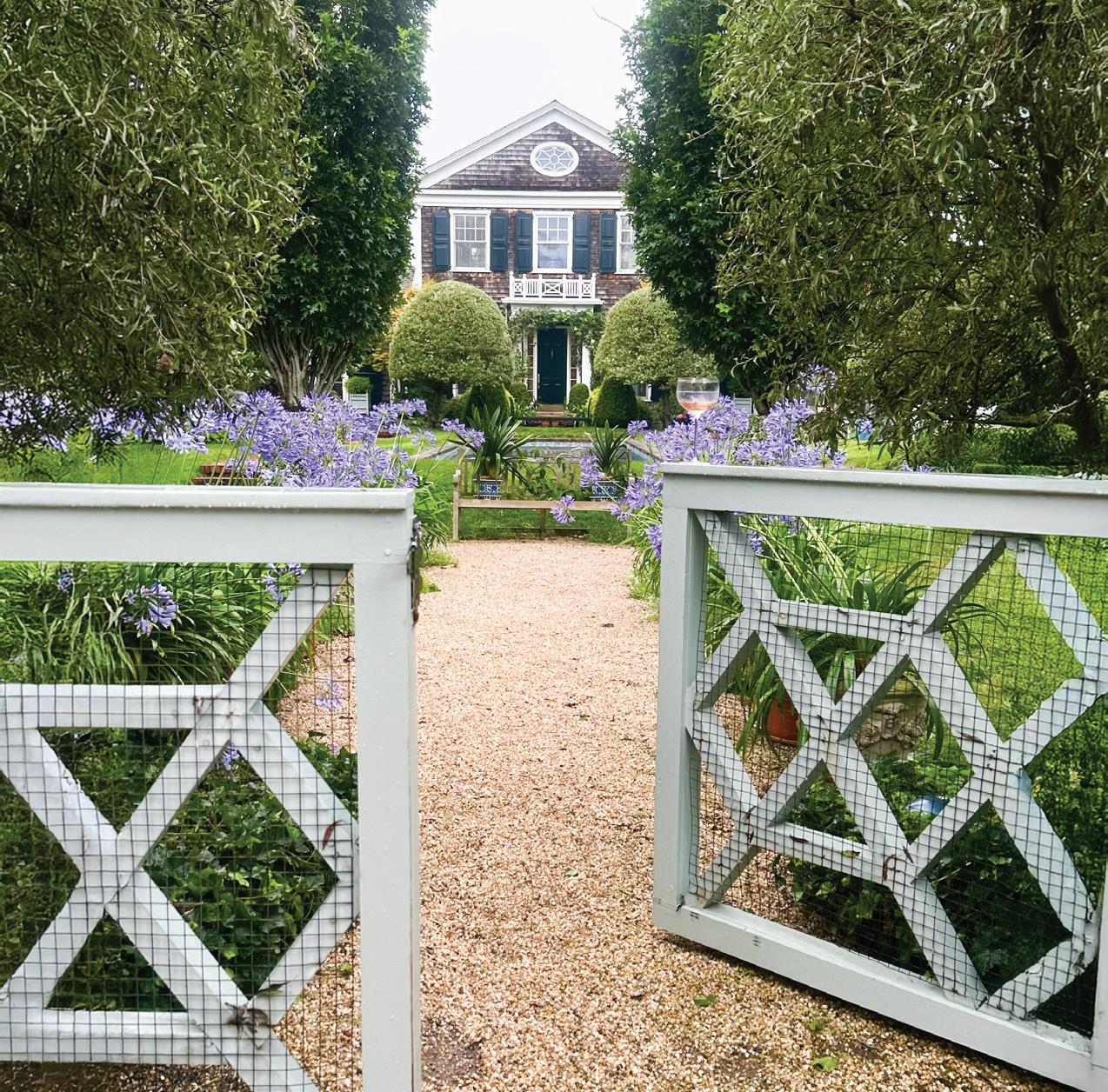
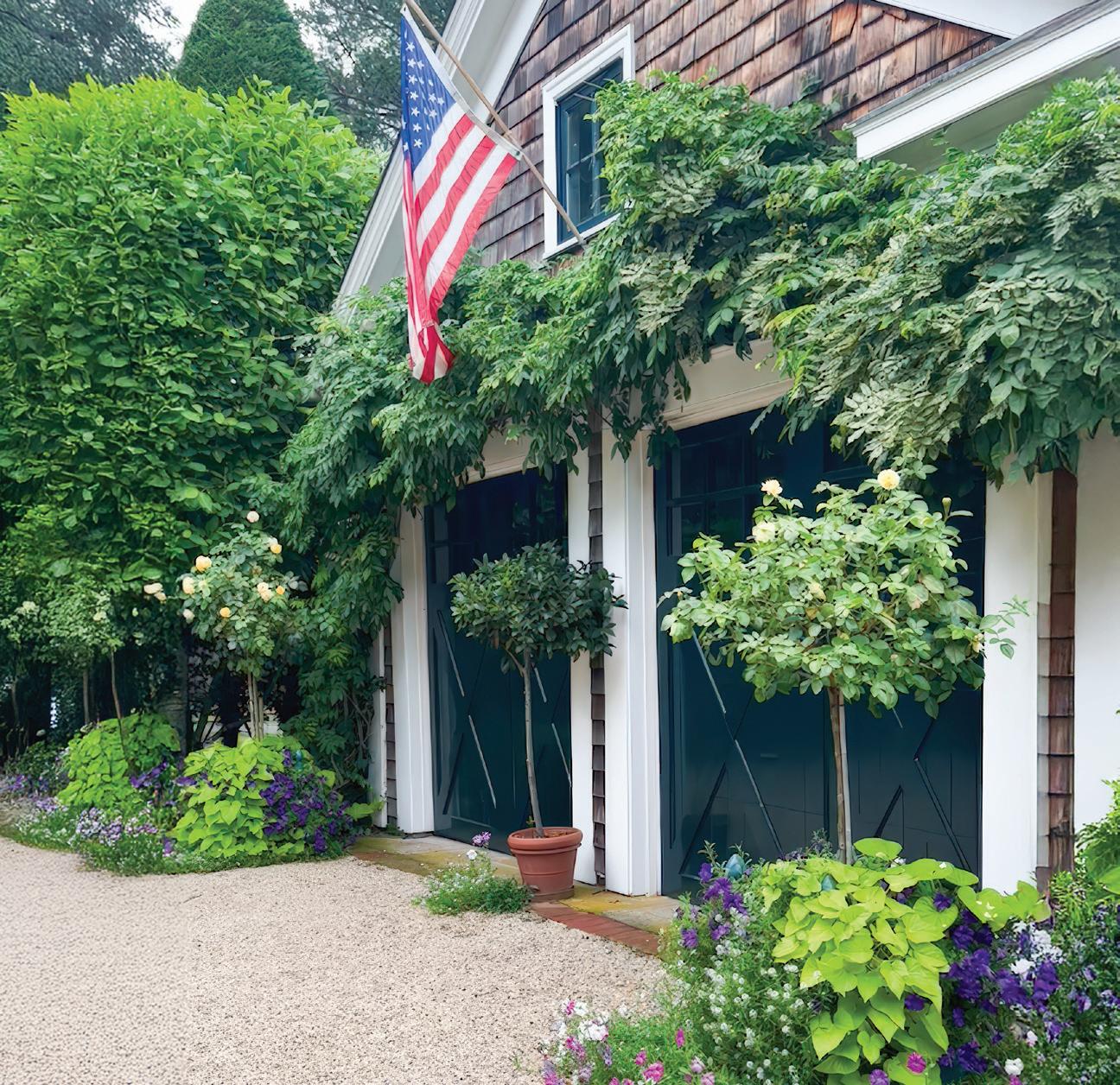
Photo credits: Marshall Watson & Reid Deane Ganes, Rizzoli USA, and Caleb Kane.
